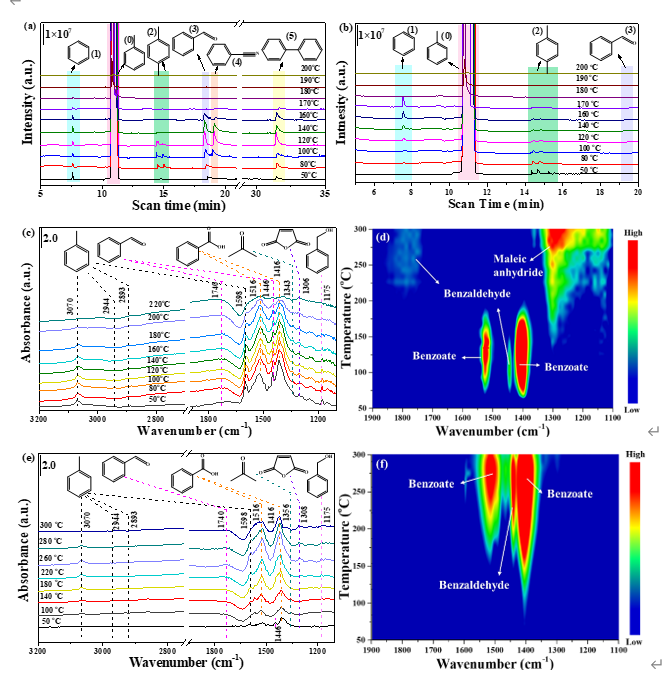Recently, The Air Pollution Control Team from School of Environment and Architecture published a paper titled “Oxygen-vacancy-induced O2 activation and electron-hole migration enhance photothermal catalytic toluene oxidation”in Cell Reports Physical Science. This is the research achievement by Dr. Zhang Xiaodong, Dr. Xu Jingcheng from USST and Prof. Cui Lifeng from Shnaghai Jiaotong University. USST was the first unit. Dr. Yang Yang was the first author. Zhao Shenghao, Bi Fukun, Chen Jinfeng and Li Yintao were the co-authors, Dr. Zhang Xiaodong was the corresponding author.
Accordingly, a large amount of volataile organic compounds, which are produced by coal process, oil refining, building decoration, motor vehicle exhaust, packaging and printing, pharmaceutical and other industries, do harm to people’s health. The study shows that VOCs have a large variety and high concentration, which not only increase atmospheric oxidation in the formation of ozone, but also turn into fine particles (PM2.5) through a series of oxidation, adsorption, condensation and other processes, which have a significant impact on regional air quality.

Photothermal catalysis(PTC) is an emerging coupling technology and has been rapidly developed. PTC process could be achieved by introducing light irradiation based on the traditional thermocatalytic (TC) system. Compared with photocatalytic (PC) or TC technologies, the catalytic efficiency could be further promoted by the photothermal synergistic effect. The degradation of toluene involves a complex process, and abundant intermediates are produced with strong chemical activity or toxicity, which poses a potential threat to the environment. However, little attention has been paid to the accumulation and the release of carbonaceous intermediates during the PTC process. It has important implications for exploring the evolution of intermediates in the PTC process of toluene, and it further promotes the rapid degradation of intermediates for alleviating atmospheric complex pollution.

This study reveals the formation pathway of oxygen vacancies and their important role in the process of photothermal catalysis, which provides an important theoretical foundation for studying the structure of catalysts, the evolution and reconstruction of oxygen vacancies, and the relationship between oxygen vacancies and the intermediate products of toluene degradation. The research results are highly innovative and of significance for the degradation mechanism of environmental pollutants. It also provides a practical basis for the promotion and application of photothermal catalysis technology in the treatment of VOCs.
Link to the paper: https://doi.org/10.1016/j.xcrp.2022.101011

 Home
·
News & Events
·
Content
Home
·
News & Events
·
Content

